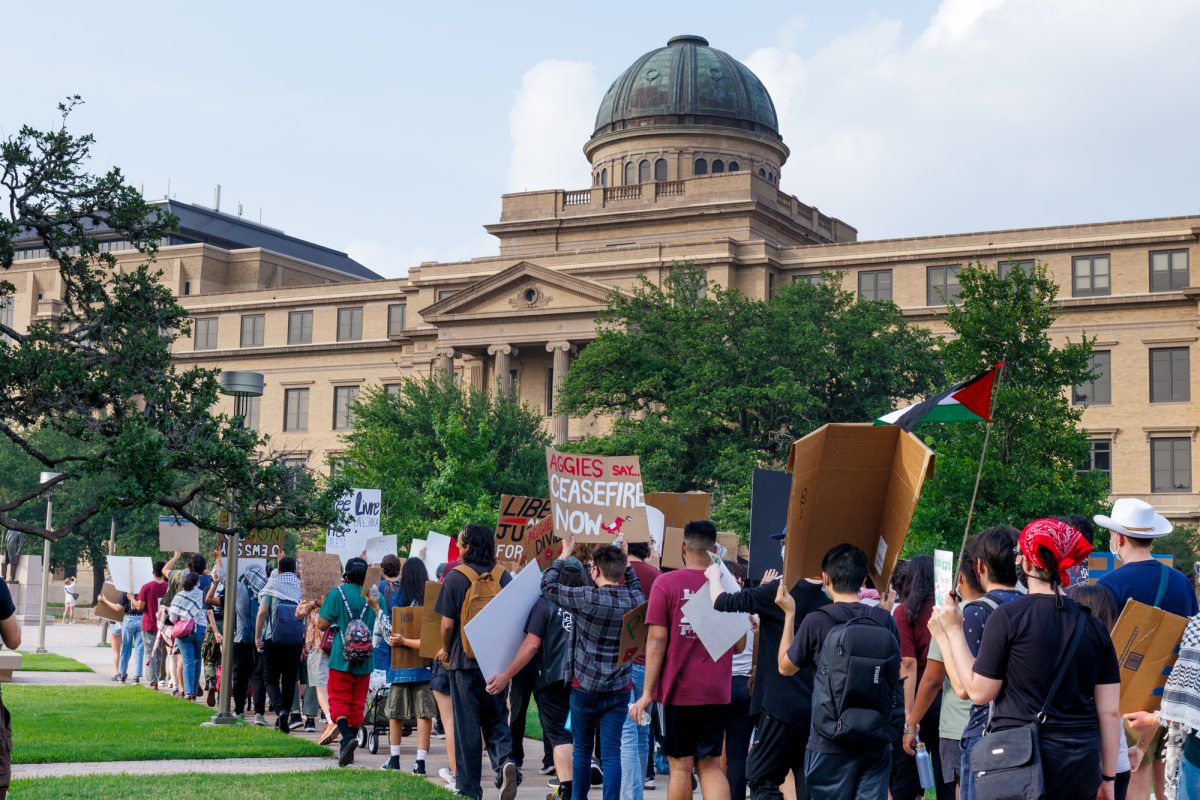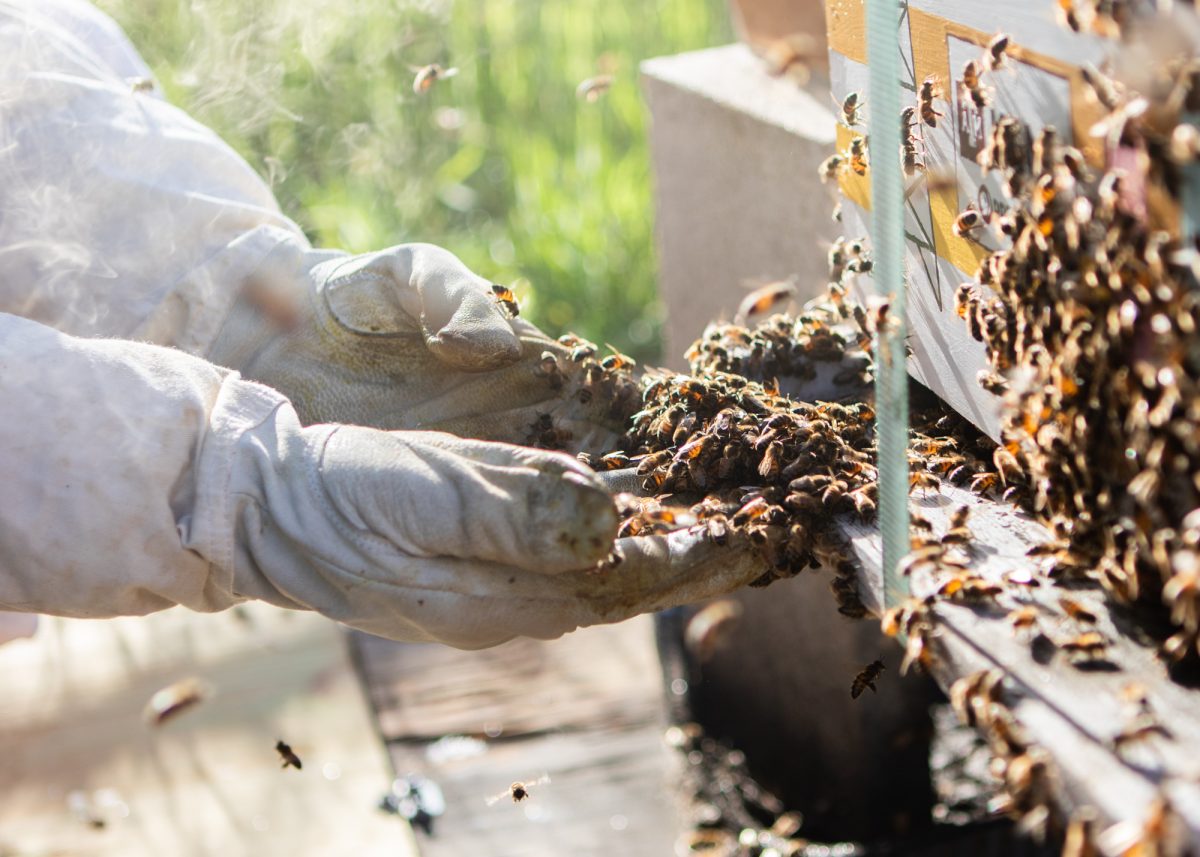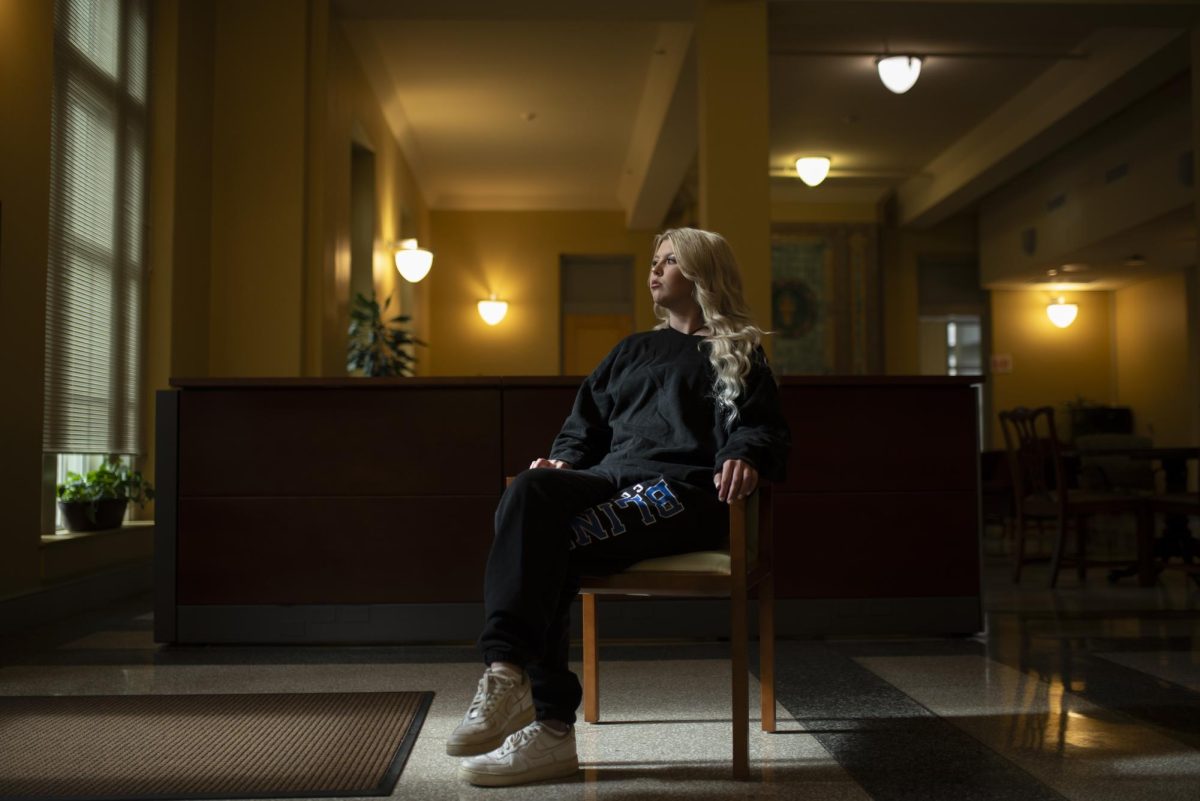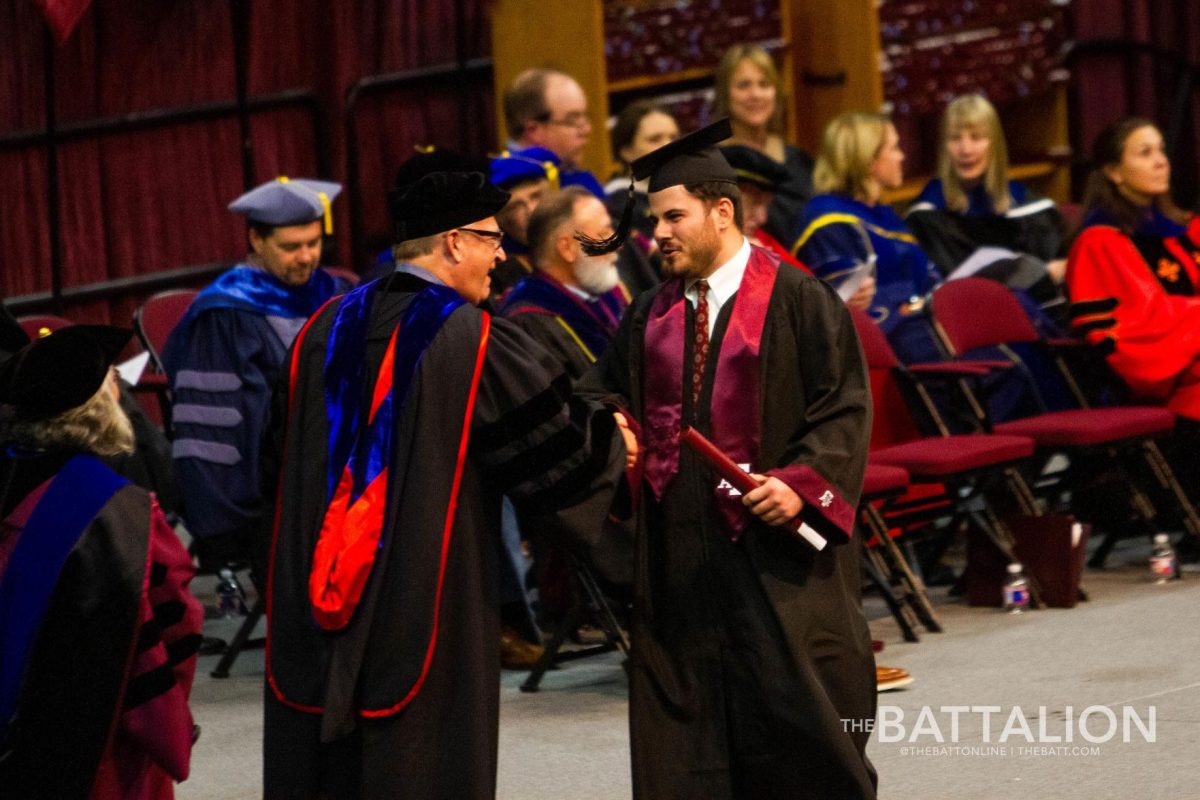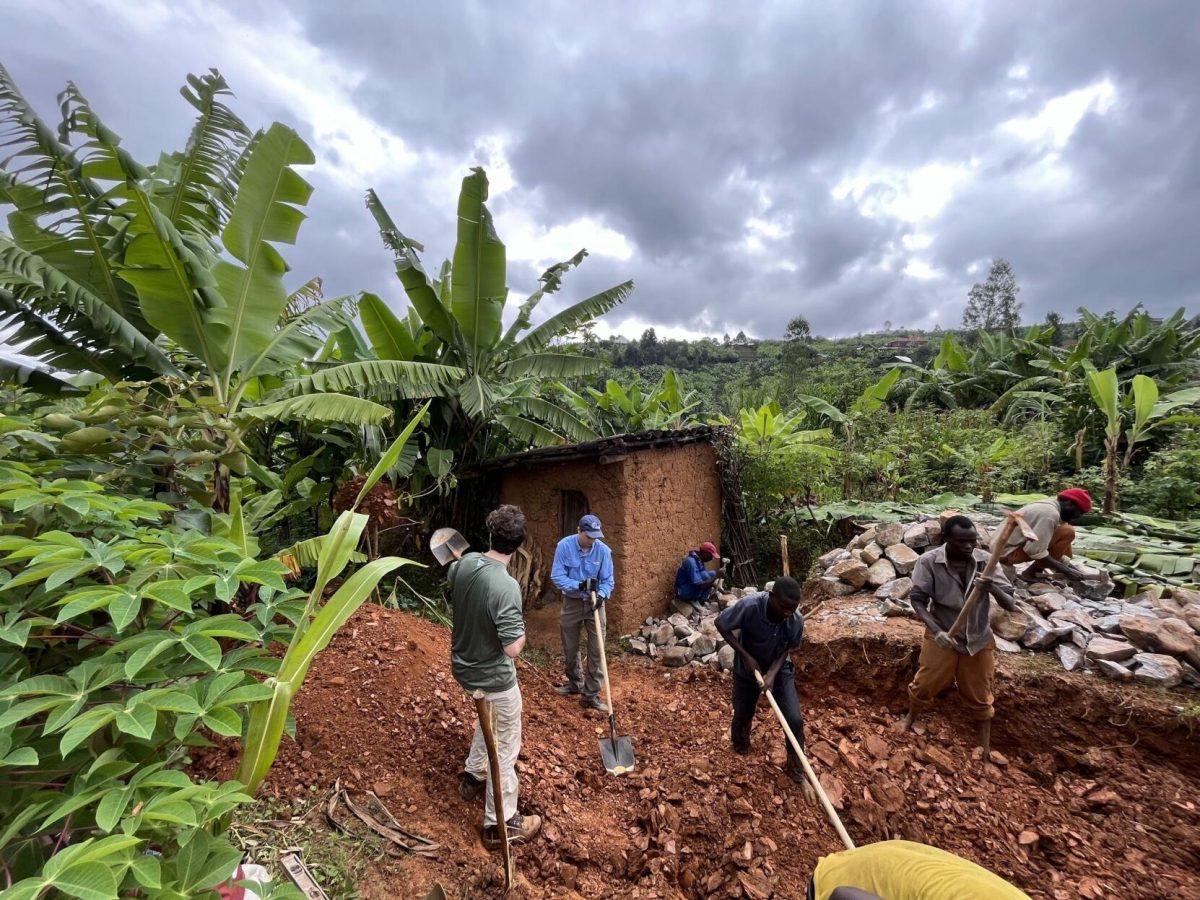Texas A&M scientists have pioneered a new technology with implications for stem cell research, public health and renewable energy.
Electrical and computer engineering Ph.D. student Yuwen Li and his advisor, electrical and computer engineering professor Arum Han, Ph.D., recently authored a paper featured on the cover of scientific journal “Biomedical Microdevices,” concerning the development of a device capable of entrapping a biological cell and analyzing its properties.
Han said the device allows a cell to pass into it and creates an electric field around it. The cell is then trapped in the device due to electric repulsion, blocking it from escaping into its surroundings.
“If you have tiny objects sitting in a solution, and you apply an electric field, depending on the difference [in electric charge between the objects and their surroundings], they will either be attracted to a high electric field region, or be repelled away from a high electric region,” Han said. “In this case, we use multiple electrodes to kind of trap it in the center [of the device].”
Once the cell is locked in place, Han said the device analyzes differences in the biophysical properties between cells, distinguishing them from one another. The devices primarily analyze differences in the cells’ ability to insulate themselves from the electric field applied to them, or dielectric properties.
“For example, a cell that is producing some [fats] due to infection has different biophysical properties compared to non-infected cells,” Han said. “When we measure the dielectric property difference between cells, that can tell us a lot about what these cells are doing.”
Han said the team first started developing the technology intending to find a species of algae capable of naturally producing oil. Algae species that store fats inside of them have recently received interest as a cheap and renewable source of energy.
“We want a microorganism that can produce lots of fuel and grow really fast, because that will be highly productive,” Han said. “You get a lot of [algae cells] and now you have to go to measure each one of these cells to find which one of them is generating lots of biofuel. In that application example, the cell that is producing lots of oil will have certain dielectric properties. I’m going to use my device to probe the dielectric properties of these different cell types and select what is the most productive cell.”
Li, the lead author of the study, said he is looking further into medical applications of the technology. An application for the technology Li is particularly excited about is identifying and separating important cells, such as stem cells, from a tissue sample.
“If we have a collection of cells, through our technology, we can quickly screen out the cells we want,” Li said. “That could save a lot of time for [scientists and doctors] to isolate the cells that they need.”
In the future, Han said the team wants to expand the number of cells the device can analyze at a given time, in order to fully realize the device’s capabilities.
“The pharmaceutical industry and bio-manufacturing and synthetic biology community would like to start utilizing this technology, but only if they can do these highly accurate measurements in a highly parallel, fast way,” Han said. “The next step is, can we make this measurement 1000 times faster, while still having a very accurate measurement? That will be where a real translational impact can occur.”







